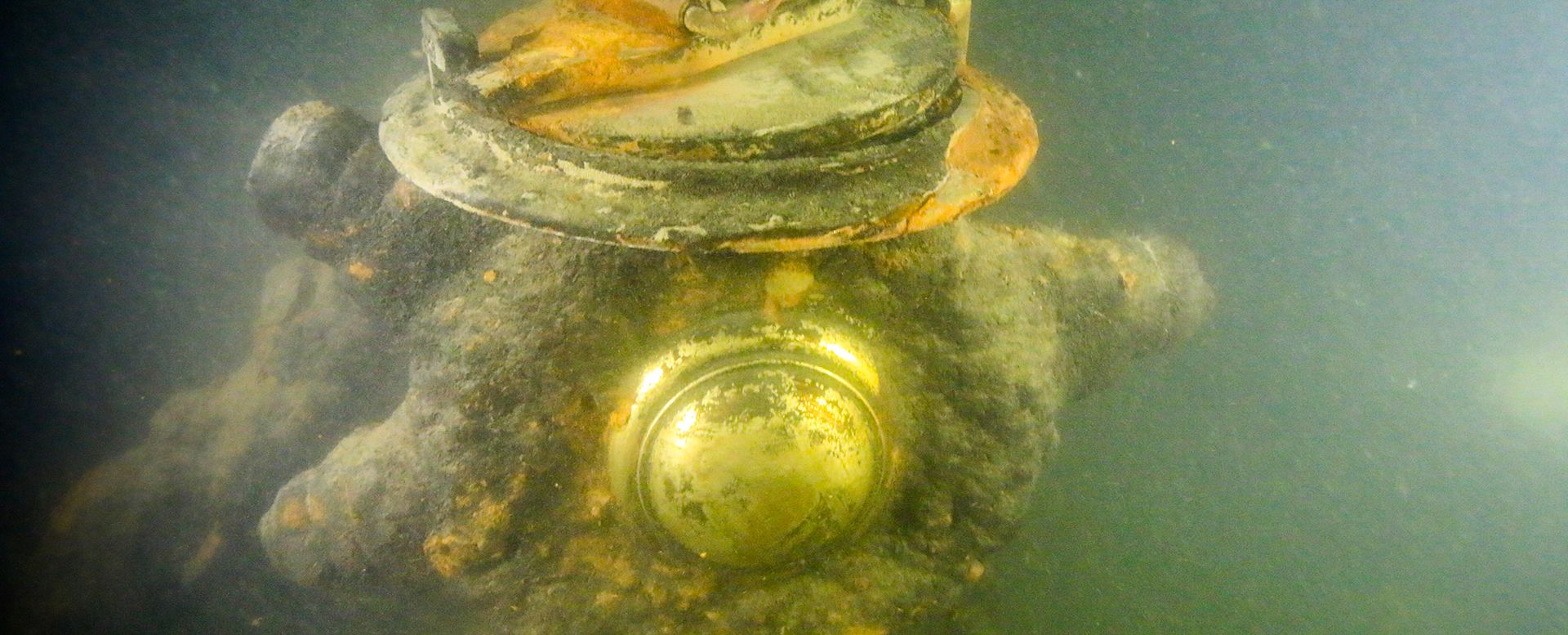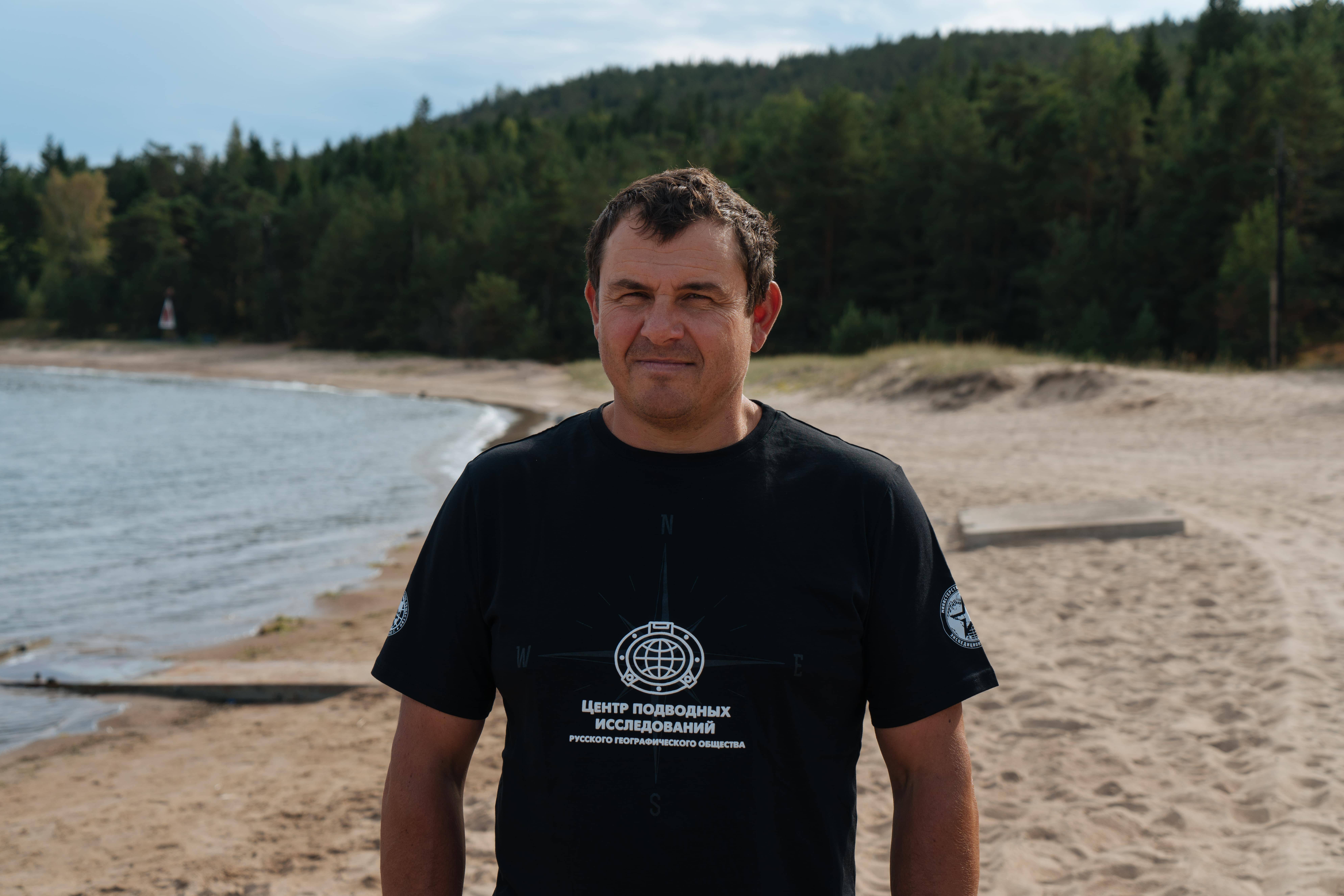The year is 1918. The newly-formed Workers’ and Peasants’ Red Fleet is trying its hand at warfare. The First World War is in full swing. Soviet Russia has already exited the war but Germany is occupying Finland, and German ships are moving closer to Kronstadt. To keep the enemy away from strategic locations, it was decided to create a naval minefield in front of the island of Kotlin. The mines were placed and the surrounding waters turned into a danger zone. And then…nothing. And no one in sight.
A hundred years ago, the newly-created Red Fleet did not find out about its very first victory at sea. On September 2, 1918, Estebrugge, an auxiliary patrol ship belonging to the German fleet, found itself in the minefield. The duty officers missed the moment the enemy ship hit a mine, so they never reported it and that’s why there was no record of the event in the Soviet archives. The only source of information about this event is German archives.
According to the information discovered in the archives, Estebruggeis a former steam fishing trawler built in 1907. The trawler was then mobilized and armed with artillery. The patrol ship was part of the First Division of theEastpatrol half-flotilla. Ironically, the ship was tasked with preventing Soviet attacks.
The experts of the URS RGS found this ship by accident while en route to another expedition. Our hydroacoustic equipment showed a bottom anomaly with distinct contours and shadows. At the time, our experts and volunteers were collecting information on minefields from World War I, and our German colleagues shared information about the ships that sank in the Gulf of Finland during that time. Having compared the coordinates, we obtained with archive data, the anomaly was preliminary identified as Estebrugge. And the very first dive confirmed it.
The 35-meter long hull stands on an even keel at the depth of 24 meters to the north-west of Kotlin. The blast partially destroyed the stern, but the bow and central deckhouse have been well preserved. It seems the ship did not sink immediately, as the hull damage is relatively minor and, according to archive data, only five people perished out of the 60-man crew, while the rest managed to escape.
In the central deckhouse, the divers found a radio transceiver, engine order telegraph, and other well-preserved artifacts from days gone by. And the gun mounted on the tank is still intact.











